As the proliferation of generative AI imagery took the internet by storm last year, the peculiarities such as extra fingers or teeth became both a humorous quip and a clear indication of the artificiality of these images. These were not real photographs but rather a machine's interpretation of the world based on human input. The images that gained virality often had an unsettling quality: overexposed, nostalgic party shots featuring models with an extra set of teeth, or portraits of a tearful Steve Harvey pouring liquor in a pitch-black room.
However, over the past two years, Brooklyn-based photographer and director Charlie Engman has been deliberately embracing the oddities of AI-generated photographs, creating unsettling images with the Midjourney program that seem to belong to the real world but play with anatomy and gesture in unsettling ways. In his book "Cursed," a man in a suit wades knee-deep into a shallow puddle in the morning light, with swan wings sprouting from his shoulders. In another image, a woman gazes at a reddish sculptural bust that bears her features and appears to be staring back. Limbs transform and vanish, faces take on a slick, mask-like appearance, and inanimate objects start to resemble human limbs. People clutch animals close, sometimes beginning to transform into them, with the new forms seemingly evolving or decaying. "AI does things very wrongly," Engman explained during a video call. "It has this tertiary relationship to the physical world, where it's representing a human's representation of it. And so it deconstructs physical gestures and human bodies... in just this really raw and sort of a guttural way."
Engaging with these images can evoke a growing sense of unease. Some subtly shift from the mundane to the unnatural, like a woman holding a thin blade to her cheek, smiling, with her eyes locked on the viewer. Others are nightmarish depictions, such as a David Cronenberg-like fetus that is a hybrid of insect and human anatomy. Through "Cursed," Engman aimed to achieve a kind of "balanced dissonance" that felt like an extension of his own photographic work, he said. "What's desirable, what's disgusting, what's beautiful, what's ugly — you're forced to confront, on a feelings level, what those criteria are," he added. Engman has often explored these tensions throughout his work. His extensive 15-year collaboration with his mother, "Mom," delves into the dynamics of both a mother-son and photographer-subject relationship in sometimes uncomfortable ways. Elsewhere, his art direction for the Brooklyn fashion label Collina Strada has seen models morphing into animals on the runway or sprinting down it with deranged grins.
Like many, Engman was first introduced to AI through the app Lensa, which allowed users to generate stylized AI self-portraits for social media sharing. However, after a colleague at Collina Strada showed him his experiments with Midjourney in 2022, Engman was captivated. "It's like a slot machine, right — you put in a prompt, and then you get something out. And what you get out is not really that important…there was a naive beginner's joy that I had with it," Engman recalled of using Midjourney. "I think I was maybe clinically addicted to it. I was up at 2 am (using it)." Because of his ongoing work with his mother, Engman seized on the technology as a new form their collaboration could take, training Midjourney with a set of her images. And though his mother does appear sporadically in the book, including as a limbless, moth-winged figure, she's more of an easter egg for those familiar with Engman's work, than a central focus.
While "Cursed" naturally ventures into the territory of horror filmmakers, Engman avoided visual references and instead began reading texts related to critical disability theory. The questions he found himself raising about the body and ability are reflected in the imagery. "What are the actual limitations of a body? What is a normative body? What are the limitations of a normative body? When does a body start to move out of the normative frame, and what is the threshold?" he posed. "Those are the things that body horror is also talking about, actually probably in a very similar way." Animals feature as well, with swans, dogs, and horses making appearances as fully-formed or disassembled suggestions of creatures. Engman returned to them because their rendering was beautiful to him, he explained, but they also have a long history of implied symbolism. "They are categorically allegorical animals, so I was able to make poetic conceptual connections between human and non-human," he said. Because of their use in art, literature, and other media, "there's already an elaborate language for it that people can connect to."
With the acceleration of AI imaging, the book is already a marker of a time that is fading from view. Photography books from concept to print often come together over years, not months. Engman found the technology was moving faster than the project as multiple new updates rolled out for Midjourney — and features such as six-fingered hands were becoming obsolete. "The first images that I made for the project and the last image I made almost couldn't co-exist… they were almost on two different registers and that is very interesting to me, too," he said. "What was so fascinating, and actually was very motivating, is that I was making an out-of-date book. As I'm making the book, it's already out of sync with what's happening," he added.
New AI capabilities generally come in bursts, then pause as processing power catches up and breakthroughs are made. There may be a "ceiling" to this new wave of generative AI imagery in how accurately a computer program can understand and depict the world, Engman acknowledged, and he's curious, not anxious, about what happens next. In the future, the context may be lost for "Cursed," with anomalous generated bodies just a blip in the larger scheme of faithful AI renderings. Or perhaps the next generation of AI swerves us even deeper into the uncanny valley in yet unknown and frightening ways. Either way, Engman wants the book to stand on its own. "There has to be something interesting about the work that's outside of the technology," he said. "The technology has to be subservient to the content."

By Michael Brown/Apr 27, 2025

By Sophia Lewis/Apr 27, 2025

By Noah Bell/Apr 27, 2025

By Daniel Scott/Apr 27, 2025
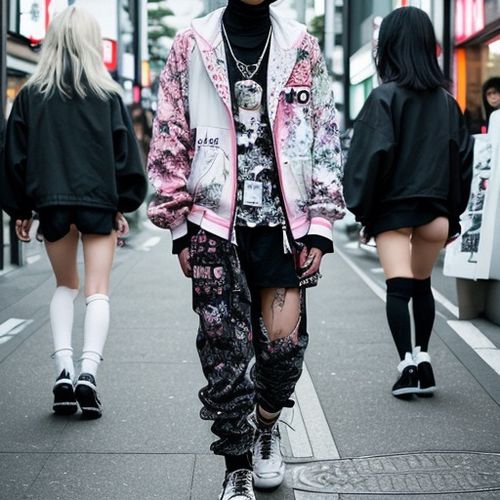
By James Moore/Apr 27, 2025
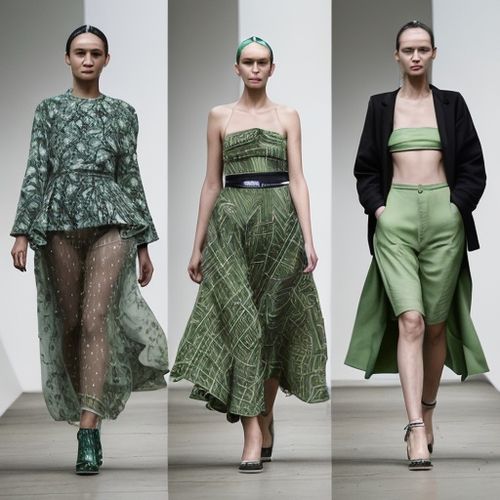
By Megan Clark/Apr 27, 2025
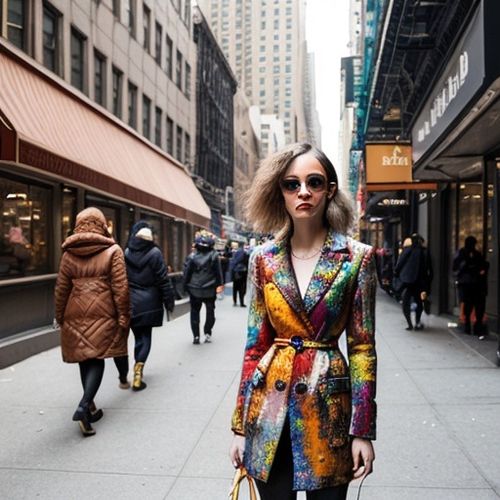
By Samuel Cooper/Apr 27, 2025

By Emily Johnson/Apr 27, 2025
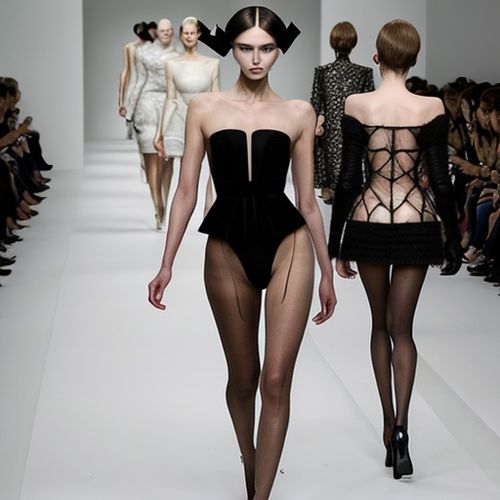
By Lily Simpson/Apr 27, 2025

By Emily Johnson/Dec 22, 2024

By Christopher Harris/Dec 22, 2024
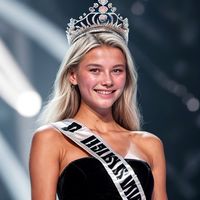
By Joshua Howard/Dec 22, 2024

By Victoria Gonzalez/Dec 22, 2024

By Thomas Roberts/Dec 22, 2024

By Benjamin Evans/Dec 22, 2024